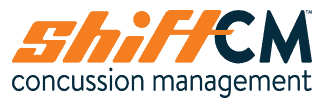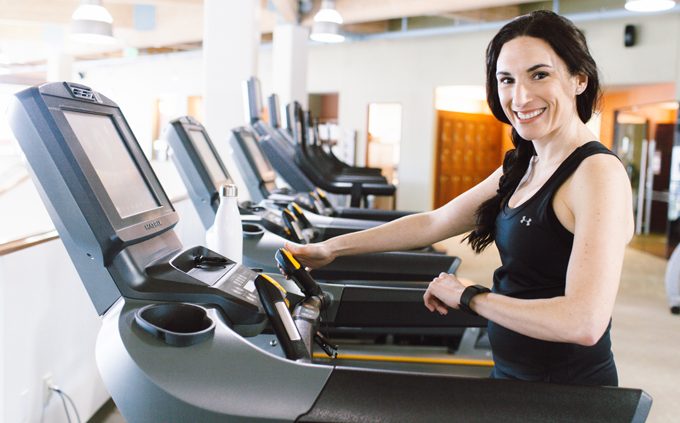Exercise is Medicine for Concussion
We all know there are plenty of benefits of incorporating exercise into our everyday life, from improving quality of life, to preventing injuries, to even helping us battle our weekend chores. In fact, exercise has been shown to improve mood, improve heart and lung health and function, increase muscle strength and endurance, as well as increase blood flow and oxygen levels in the body. Not only does exercise have numerous physiological benefits, it also promotes socializing and interacting with friends and family, which can be beneficial during an isolating injury like a concussion.
Following a concussion, our body goes into something we call an energy crisis. Our brain requires more energy to heal itself, however there is a decreased blood flow to the brain which results in a lack of energy being delivered to the injured tissue. This lack of cerebral blood flow is the result of an autonomic dysregulation and can cause several concussion symptoms. This autonomic dysregulation can be fixed through therapeutic low level aerobic exercise!
What the Research Explains
Associated symptoms with a concussion can be both physical and emotional, as well as sleep disturbances. Emotional symptoms such as irritability, sadness and feeling anxious are common and can all be aided through the use of exercise. Also, many individuals have problems falling asleep or staying asleep with a concussion, most likely the result of being withdrawn from every day life, believing this is the best treatment for them. This is simply not true.
Recent literature actually supports the integration of low level aerobic exercise as a supplementary form of concussion treatment. This means that beginning exercise after an initial 24-48 hours of rest, as long as it does not increase your symptoms, can actually be beneficial! Especially with an athletic individual, being concussed can result in deconditioning. Similar to any other injury, a concussion needs to be reconditioned and rehabilitated progressively. The key to successfully integrating exercise into a treatment plan is to start slow.
The Shift Approach
Here at Shift Concussion Management, we have several resources that can aid in ensuring any return to activity, and concussion based reconditioning, is done in a stepwise manner. If there is not an autonomic dysregulation associated with your concussion, you can progress through a 6 step process by slowly increasing the intensity of exercise as well as incorporating sport specific movements and tasks. We highly recommend athletes undergo supervised training sessions by a qualified healthcare provider or performance coach for the return to play process.
As you begin to feel better, you can increase your levels of daily exercise. One method to ensure you are doing this appropriately when concussed is the use of the Buffalo Concussion Treadmill Test (BCTT). The BCTT is a functional test that can reliably and safely reveal an exercise intolerance in a concussed population. It is a graded exercise test , and following completion the results can be used to implement an individualized exercise program at 80% of a symptomatic heart rate.
To summarize, exercise can help us live a healthier and happier life, even when you have a concussion! Proper levels of exercise can actually help relieve both physical and emotional symptoms associated with a concussion. After 24-48 hours of rest you do not remain confined to a dark room and rest until completely symptom free. You should actually get up and start light aerobic exercise that does not make your symptoms worse. Examples of this may be: walking in your neighbourhood, or light cleaning and cooking around the house. We strongly recommend that everyone who is beginning to exercise after a concussion should initially undergo a supervised session by a qualified healthcare provider.


Leave a Reply